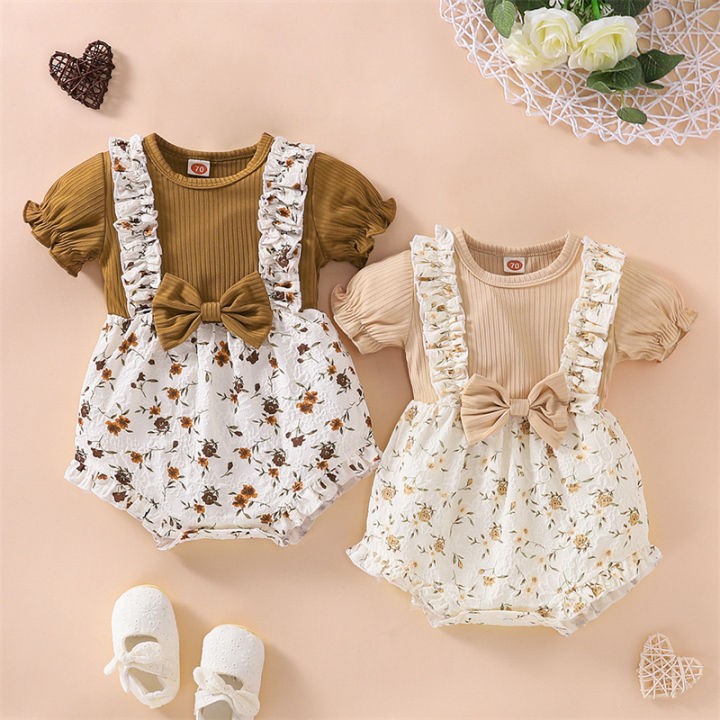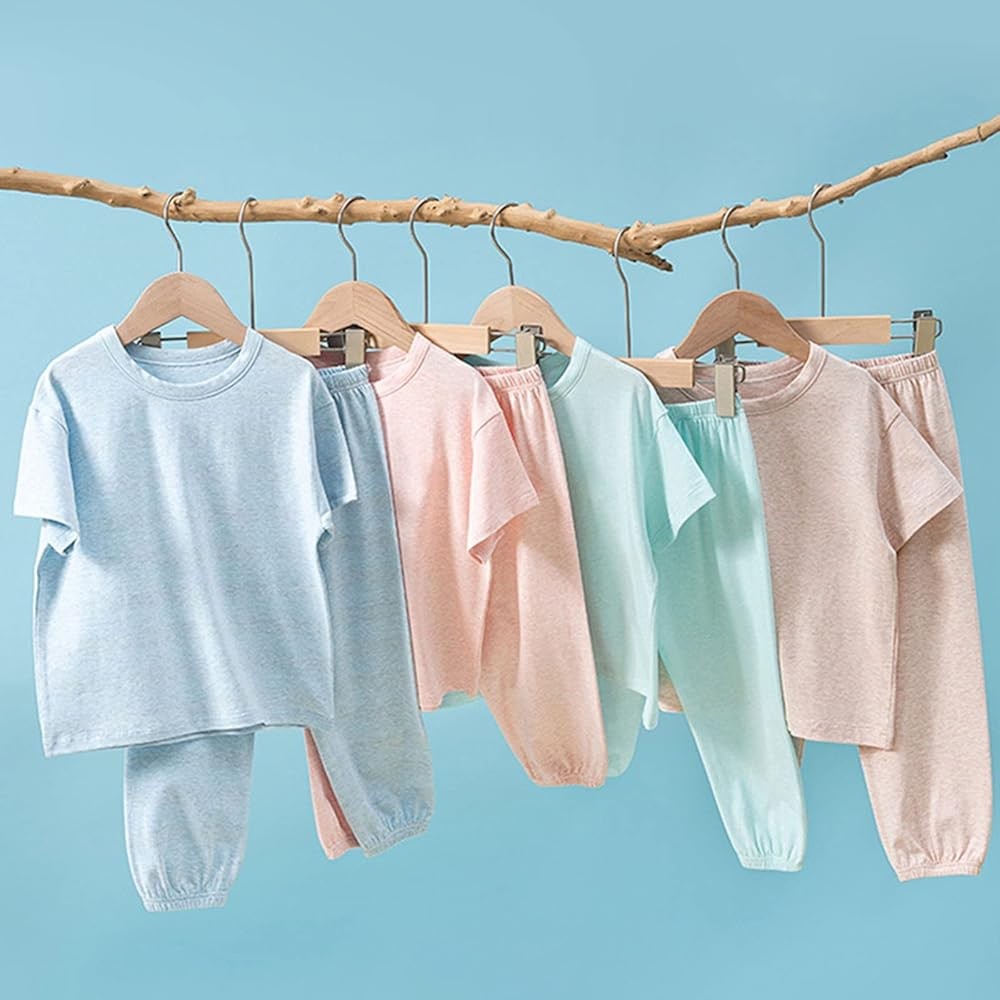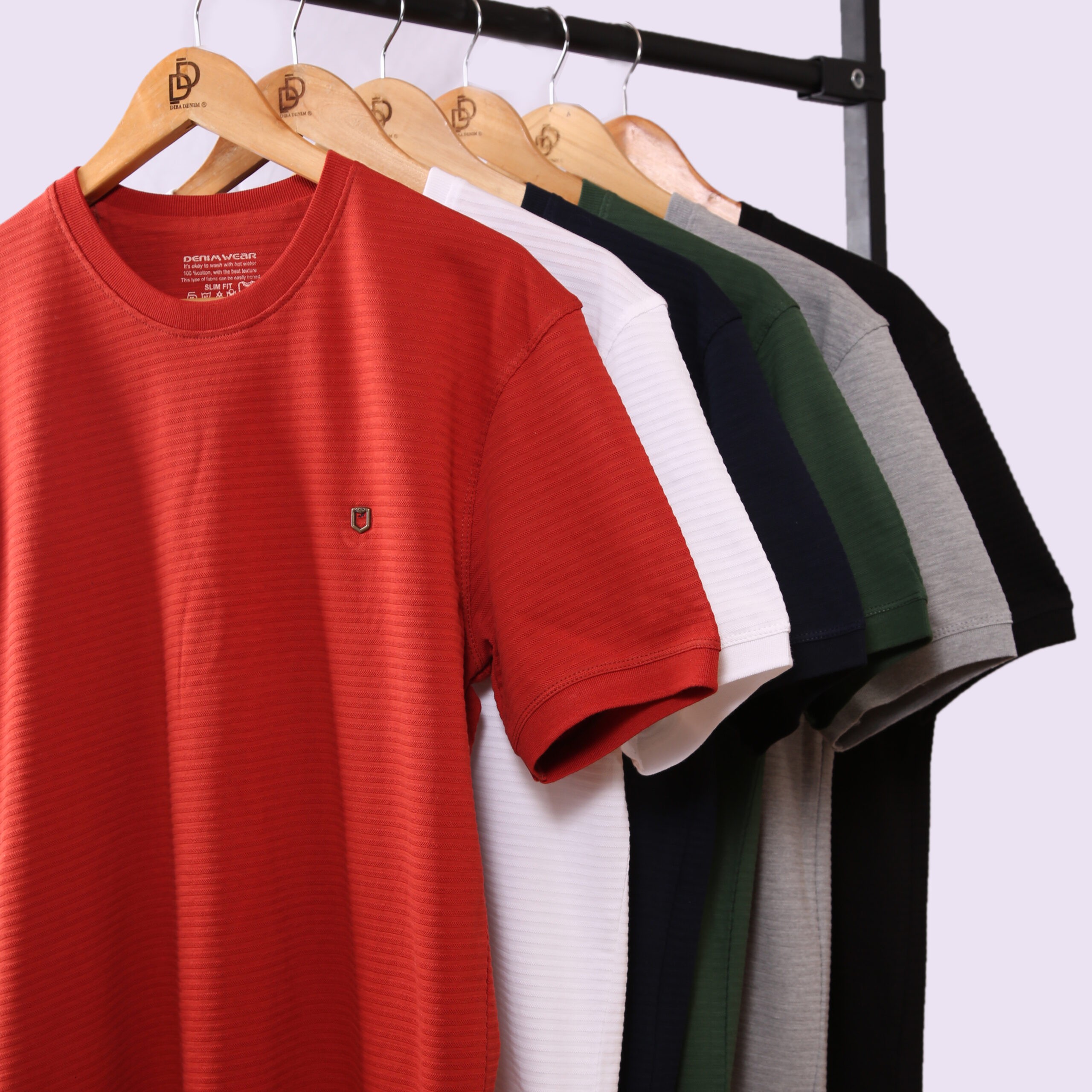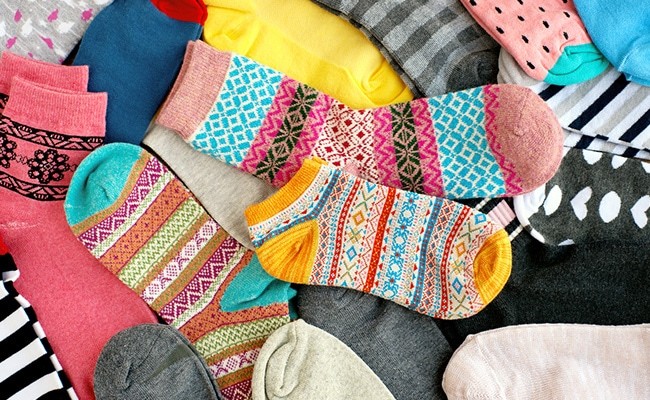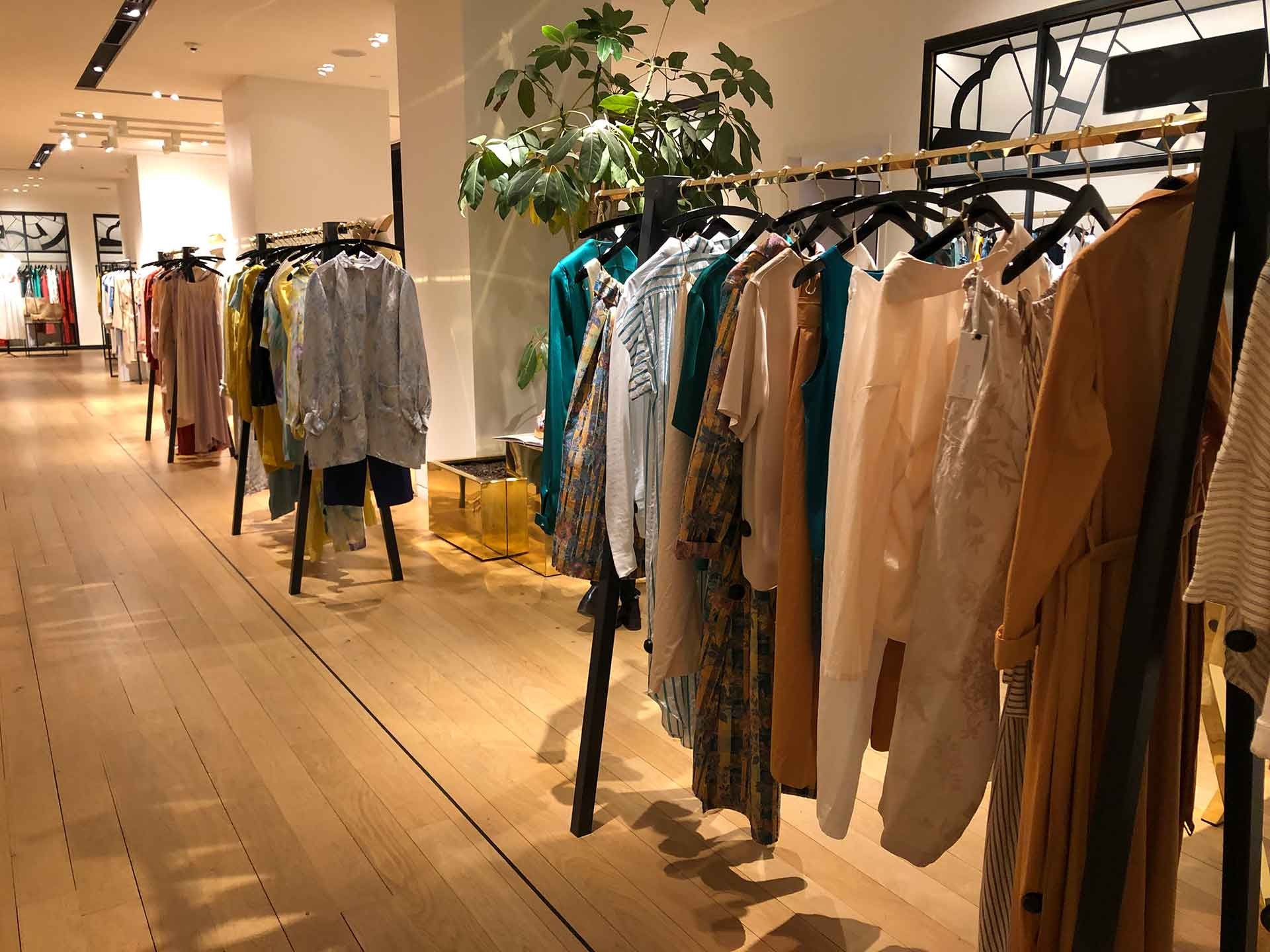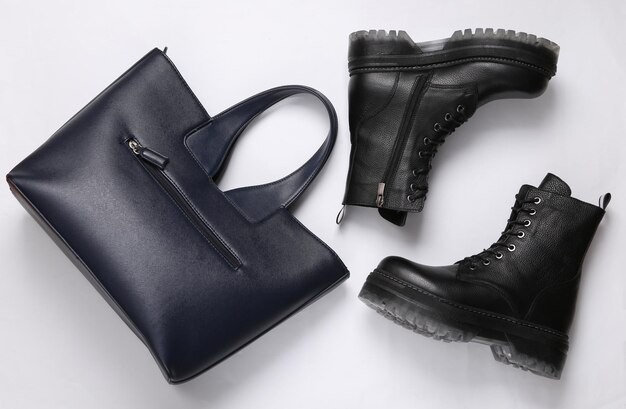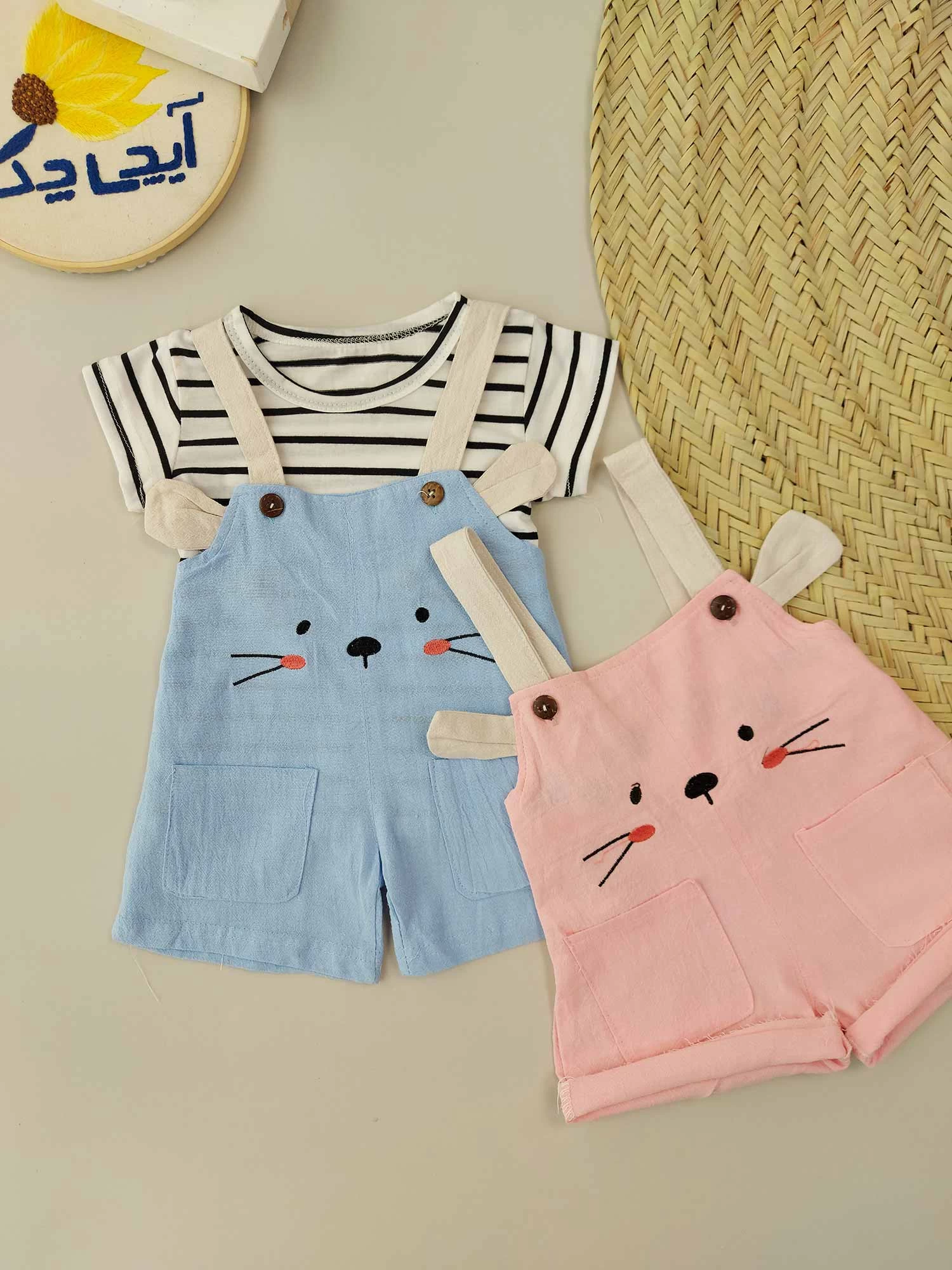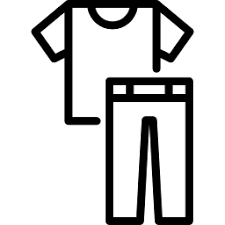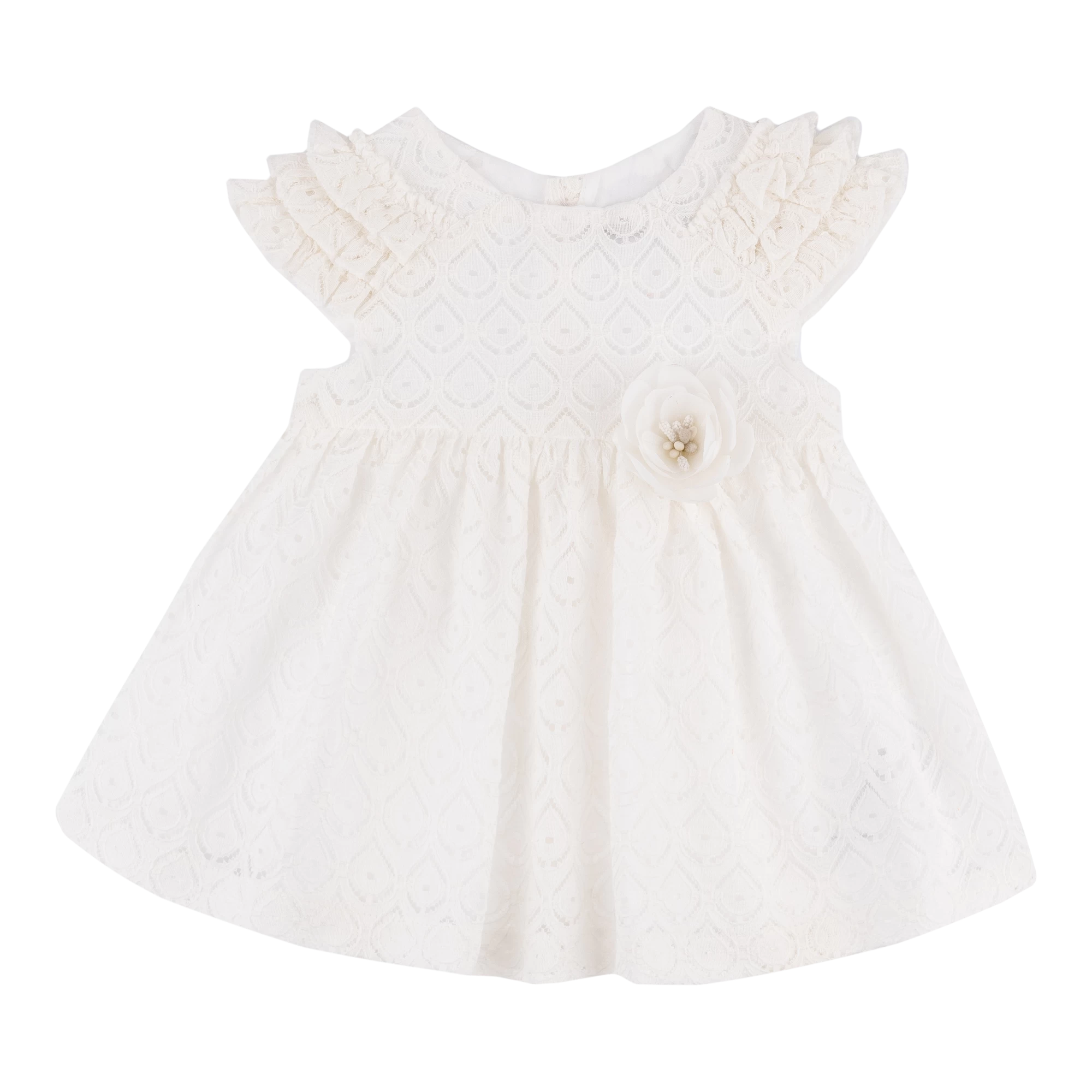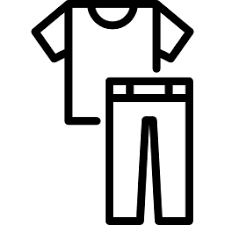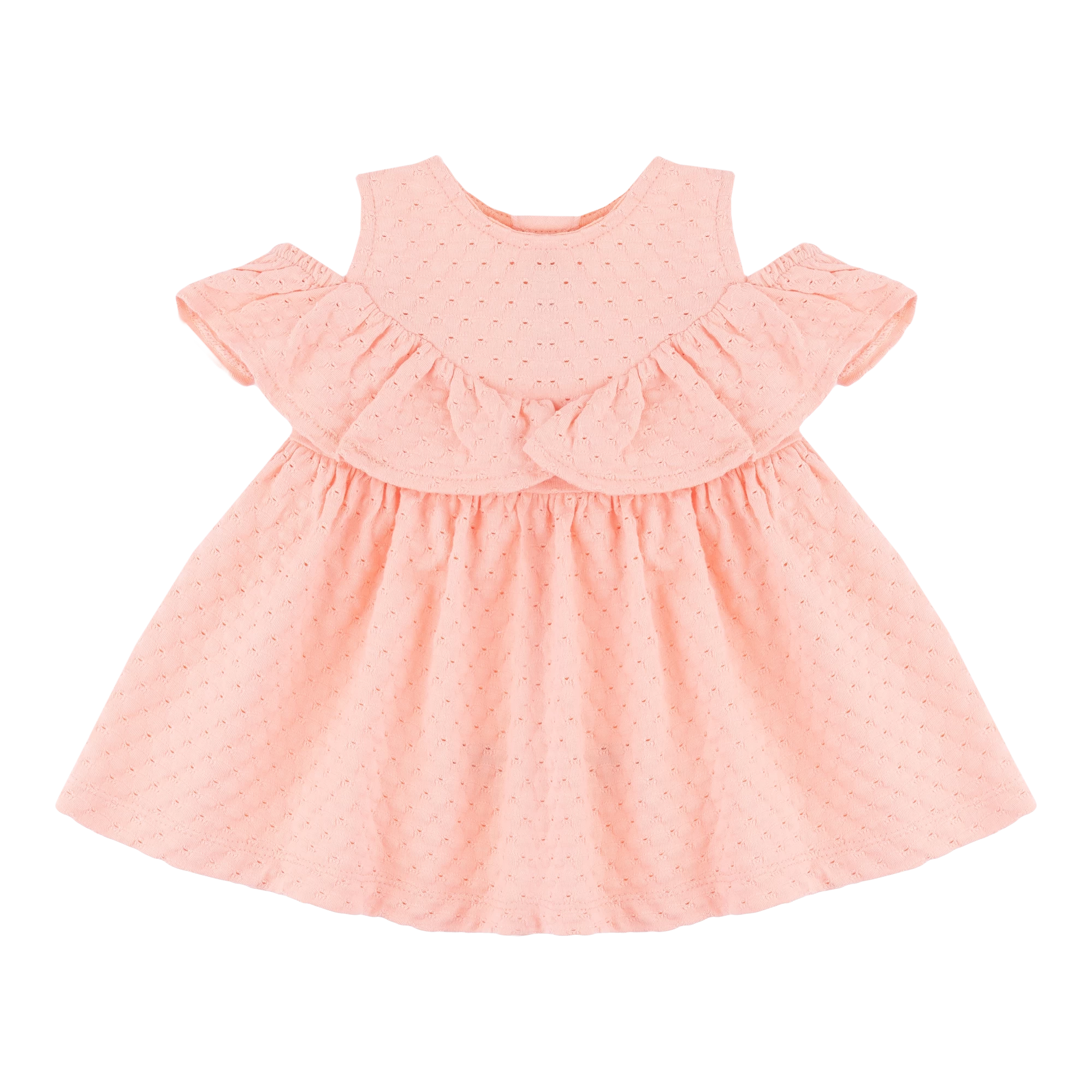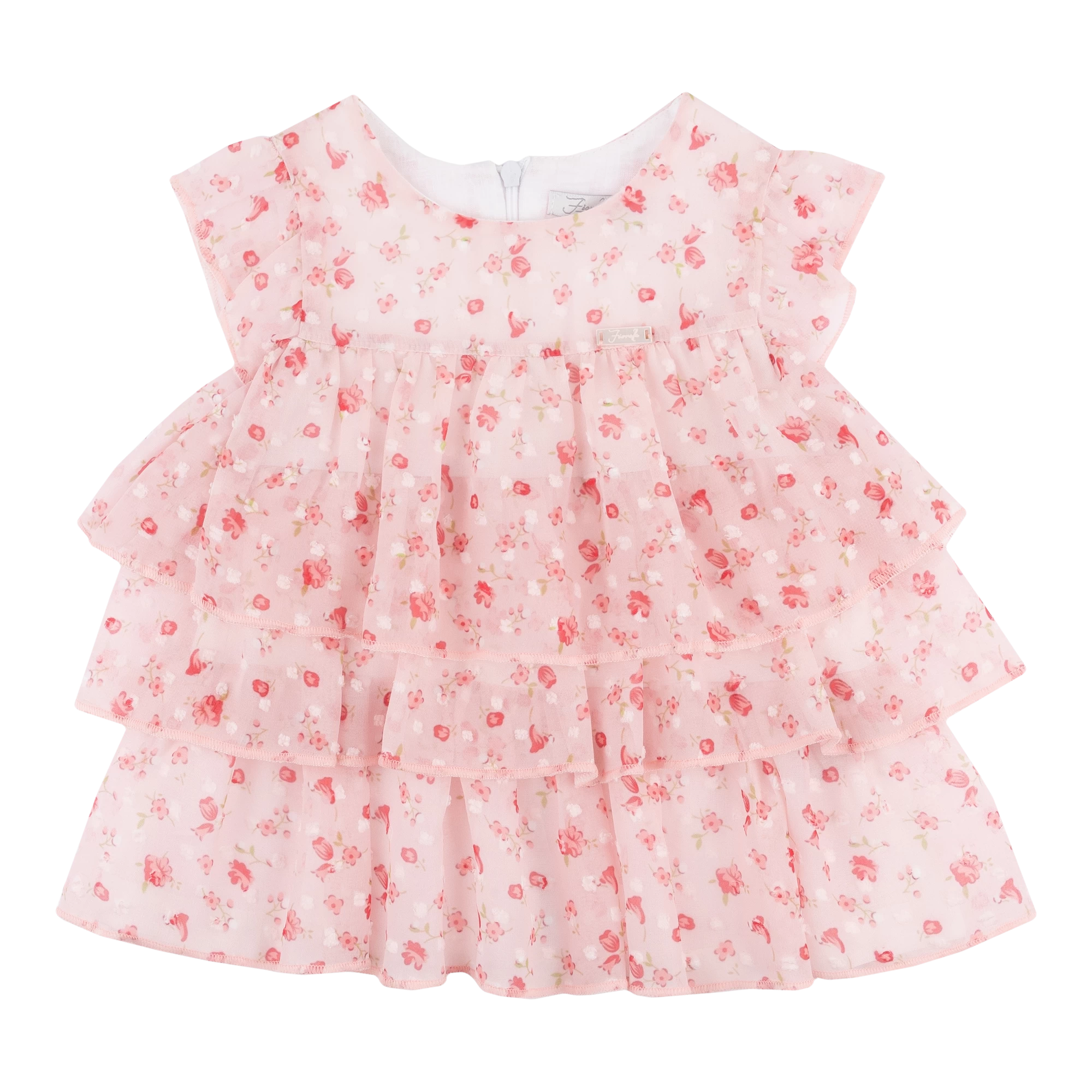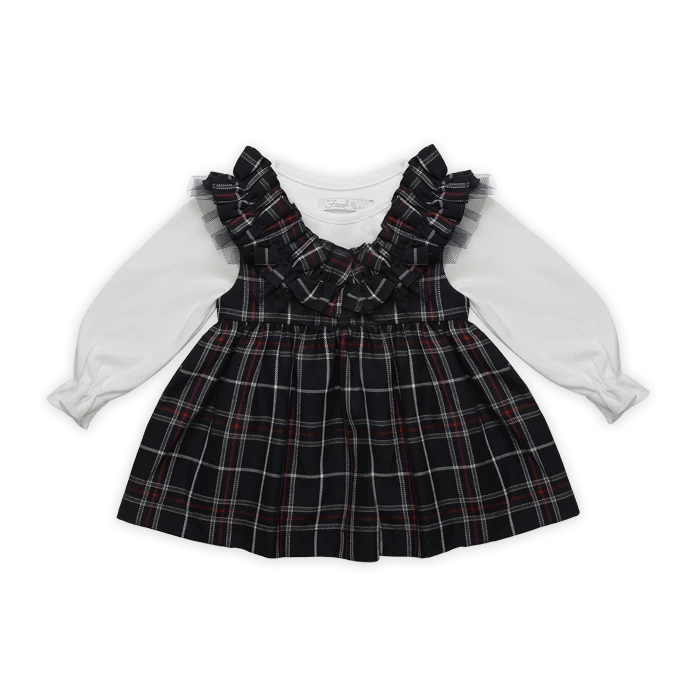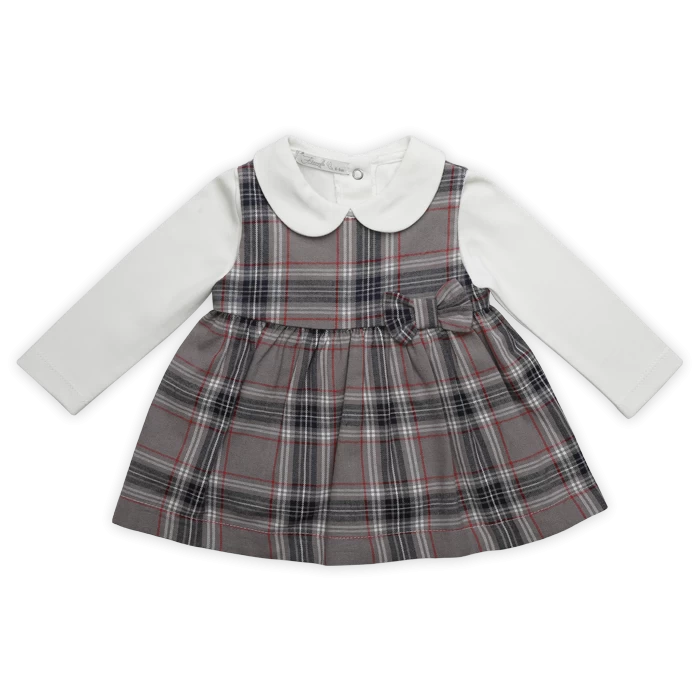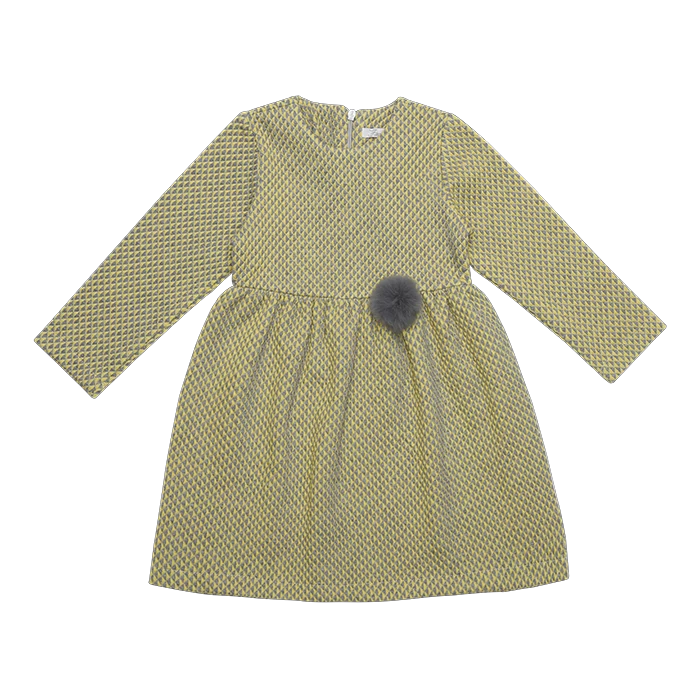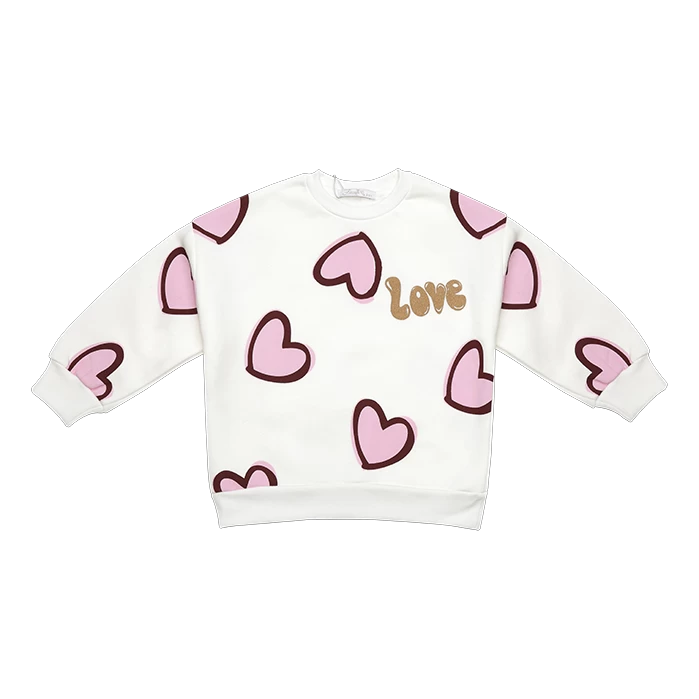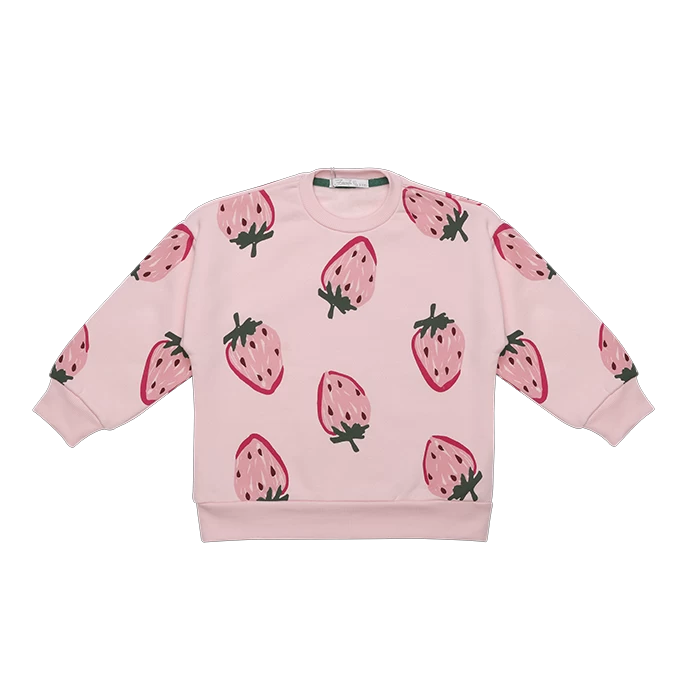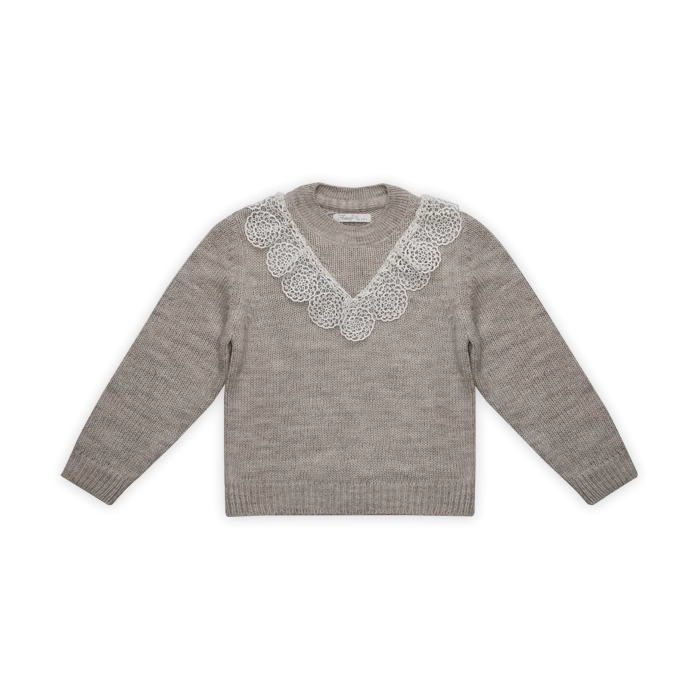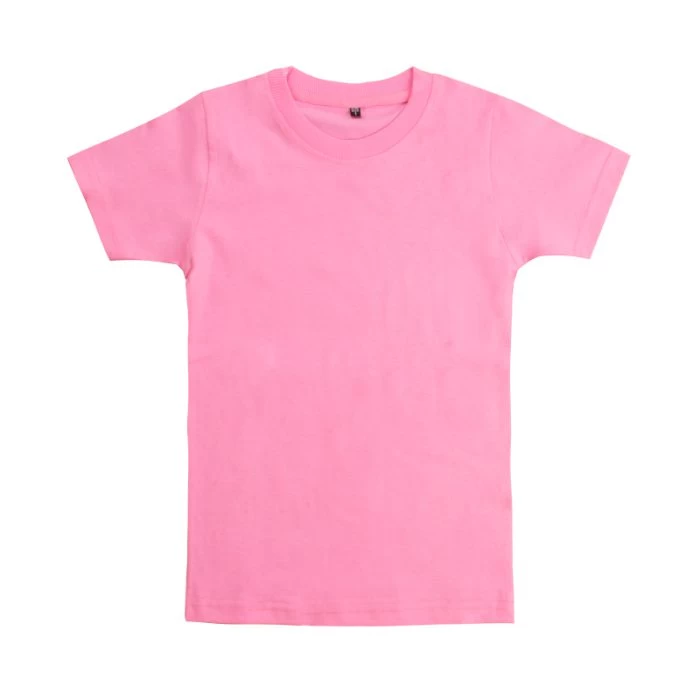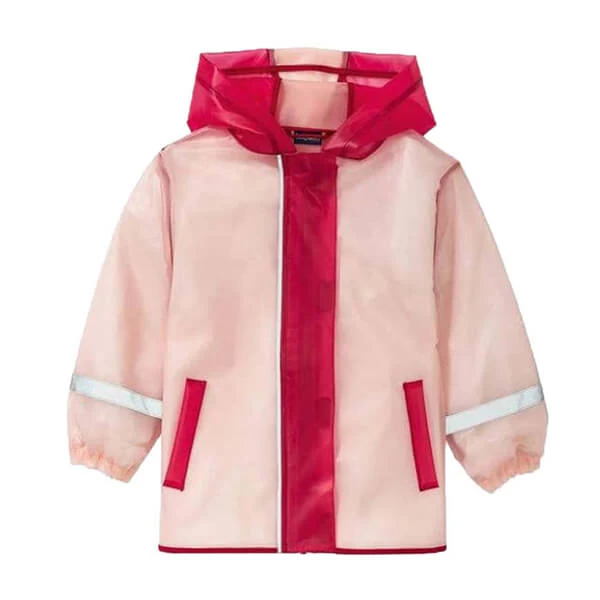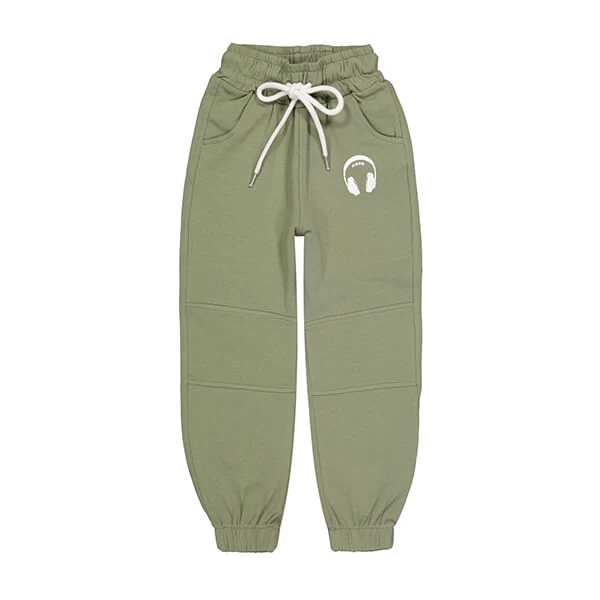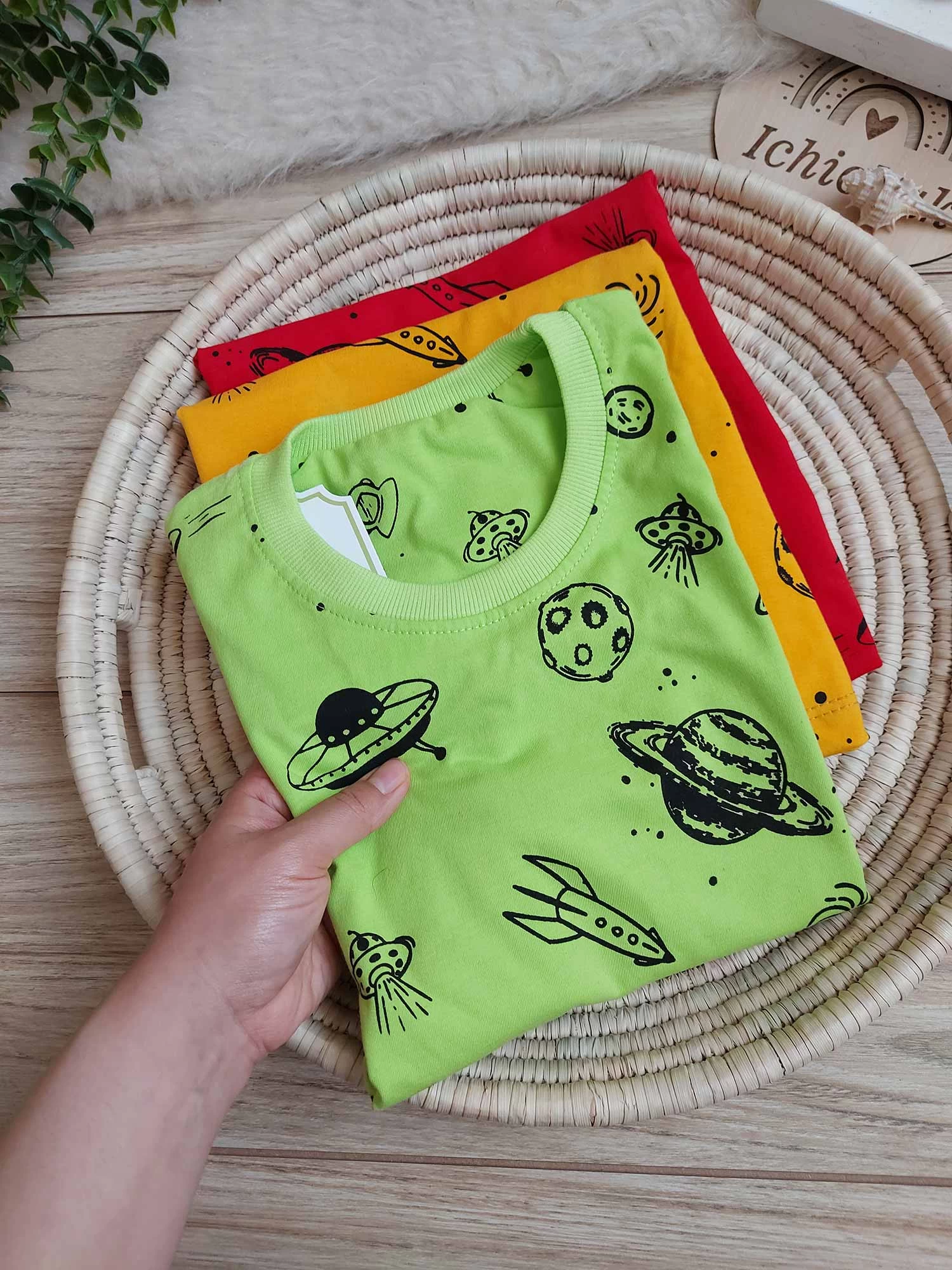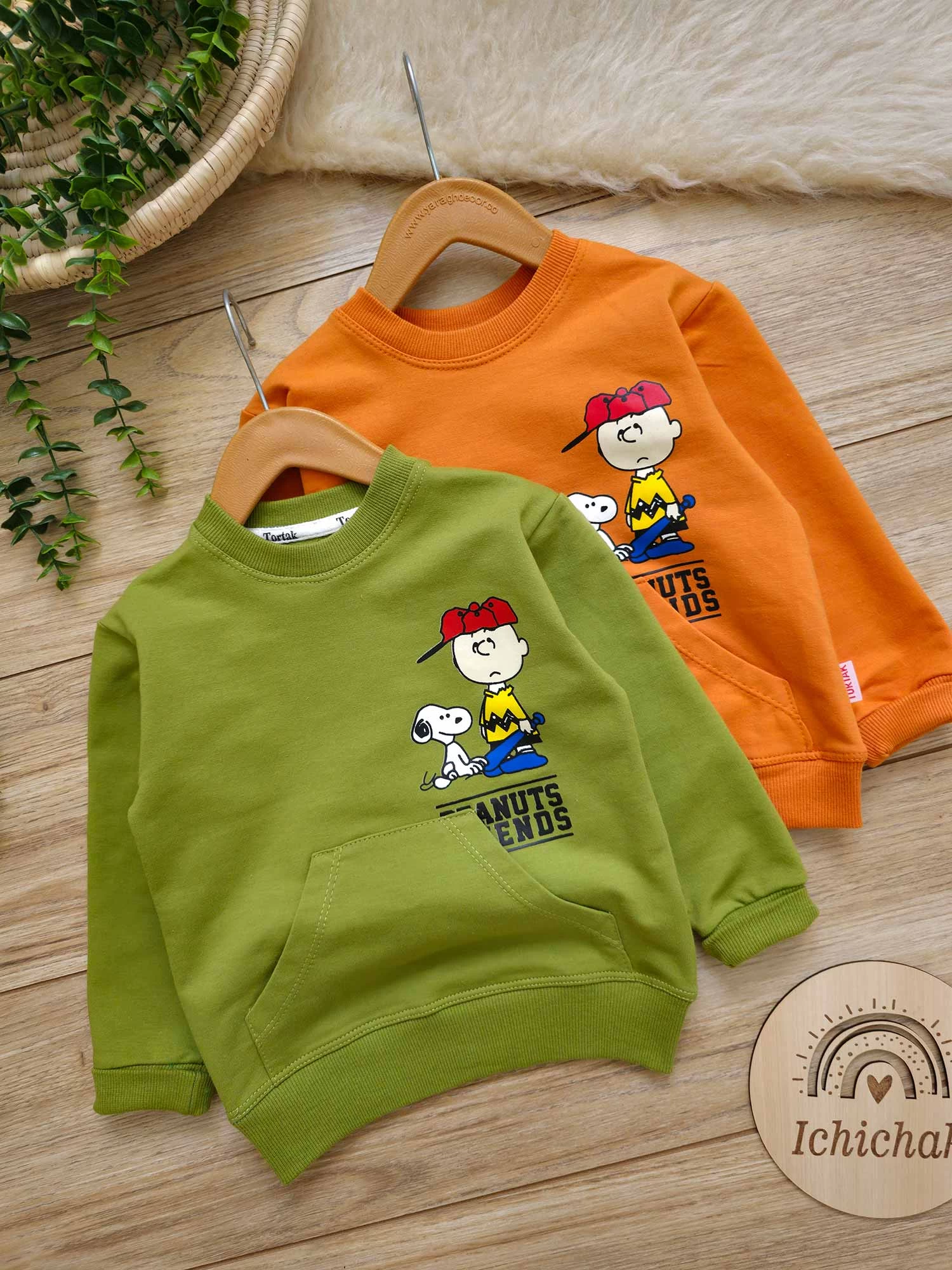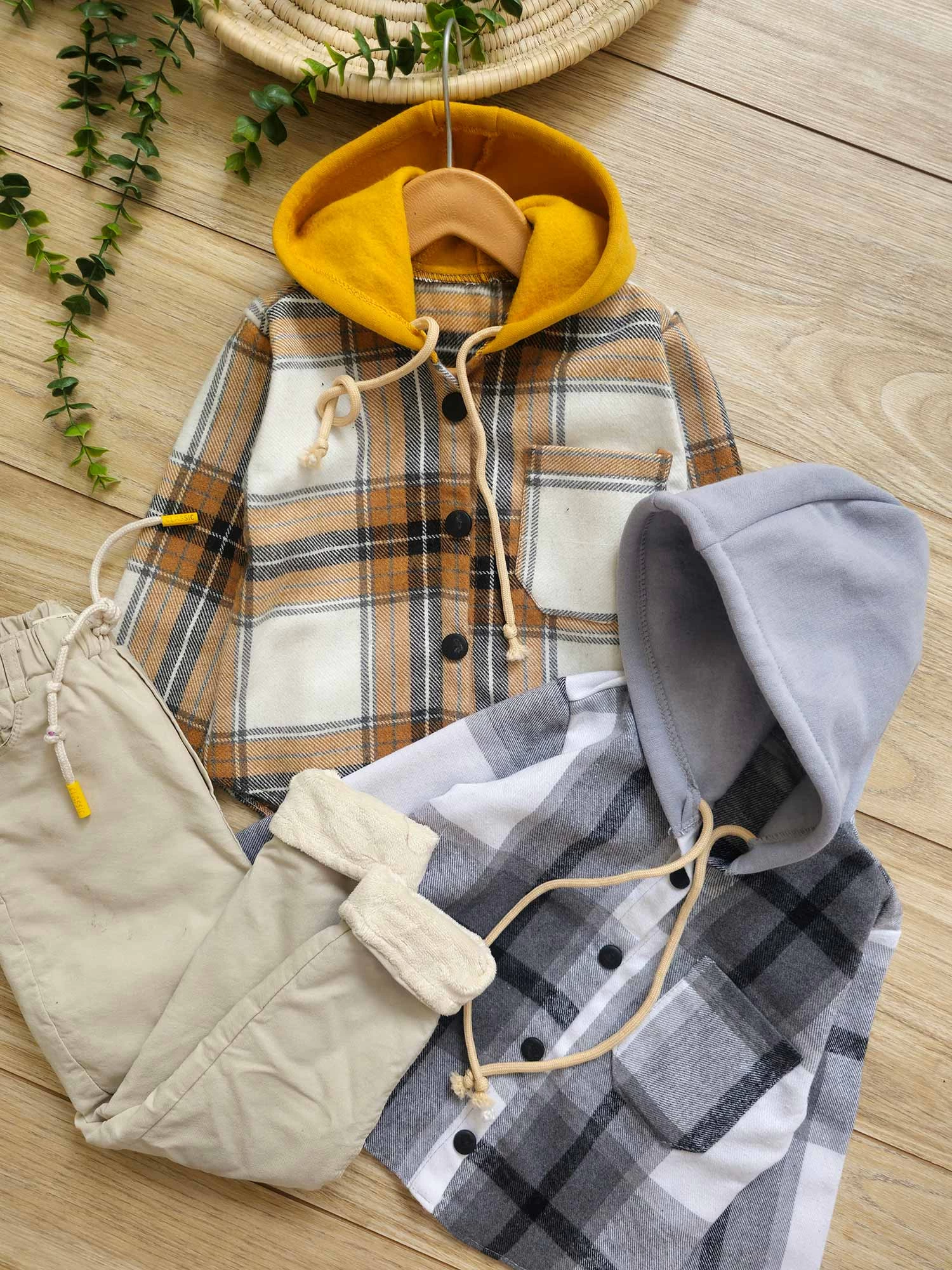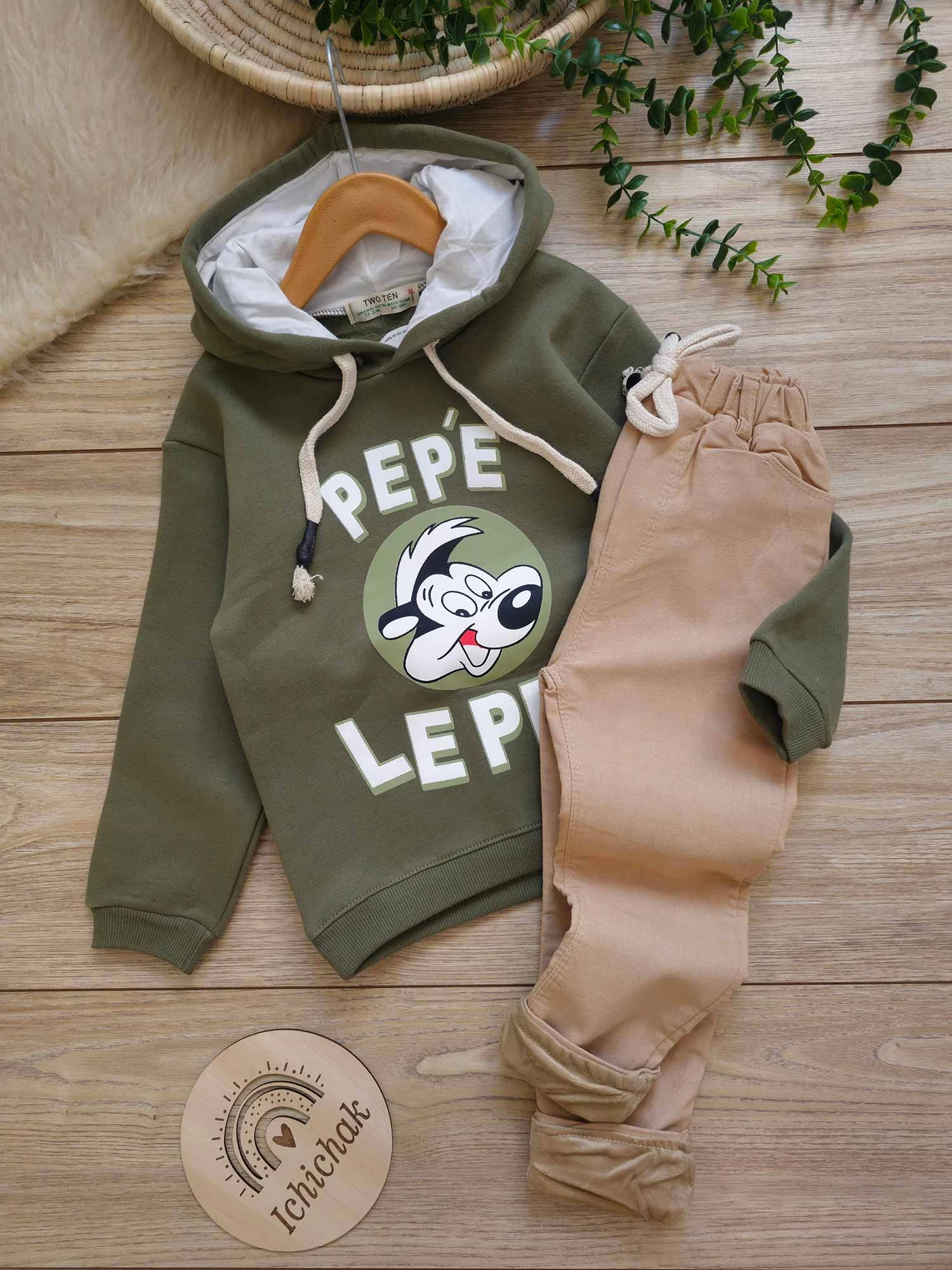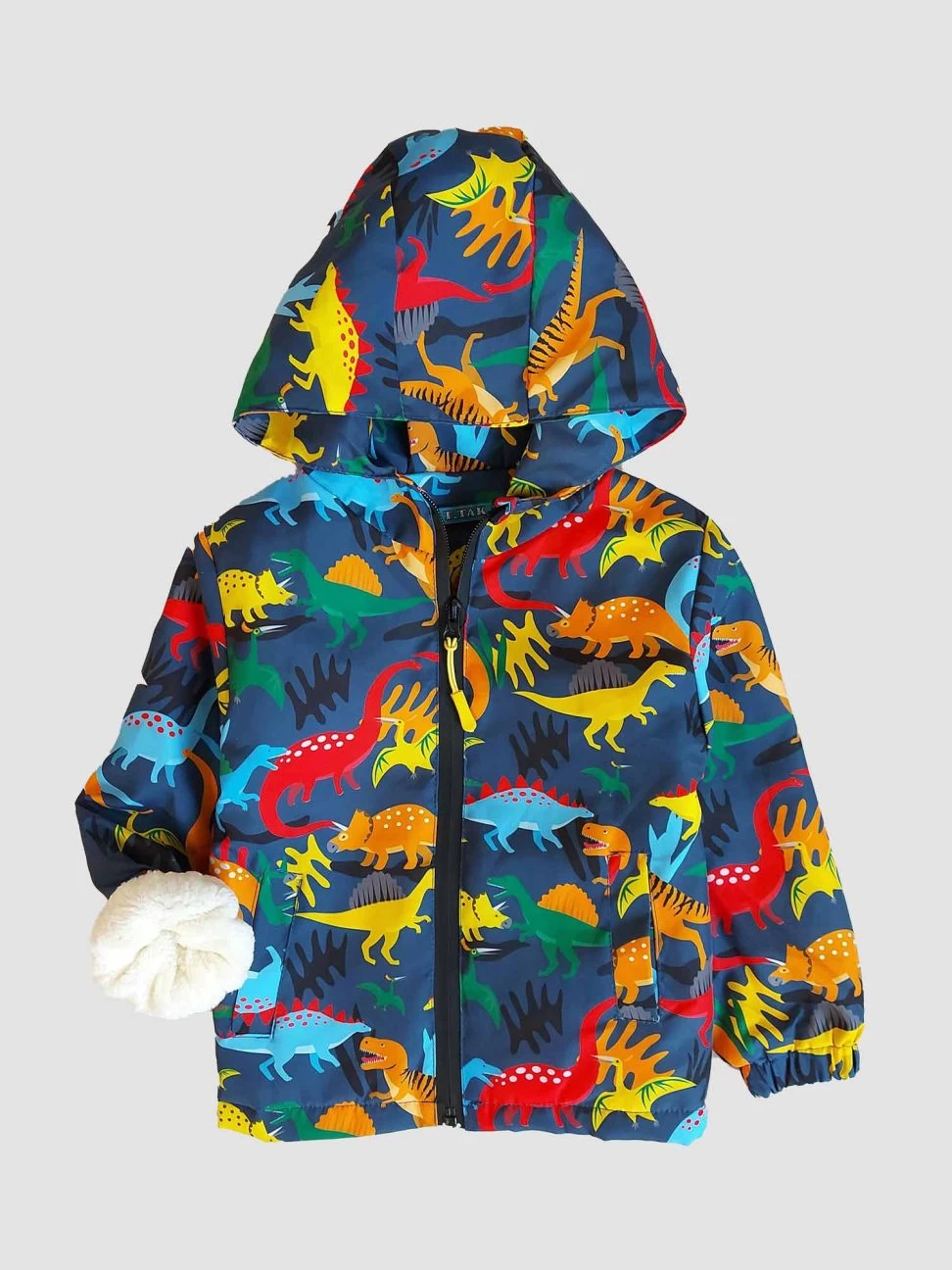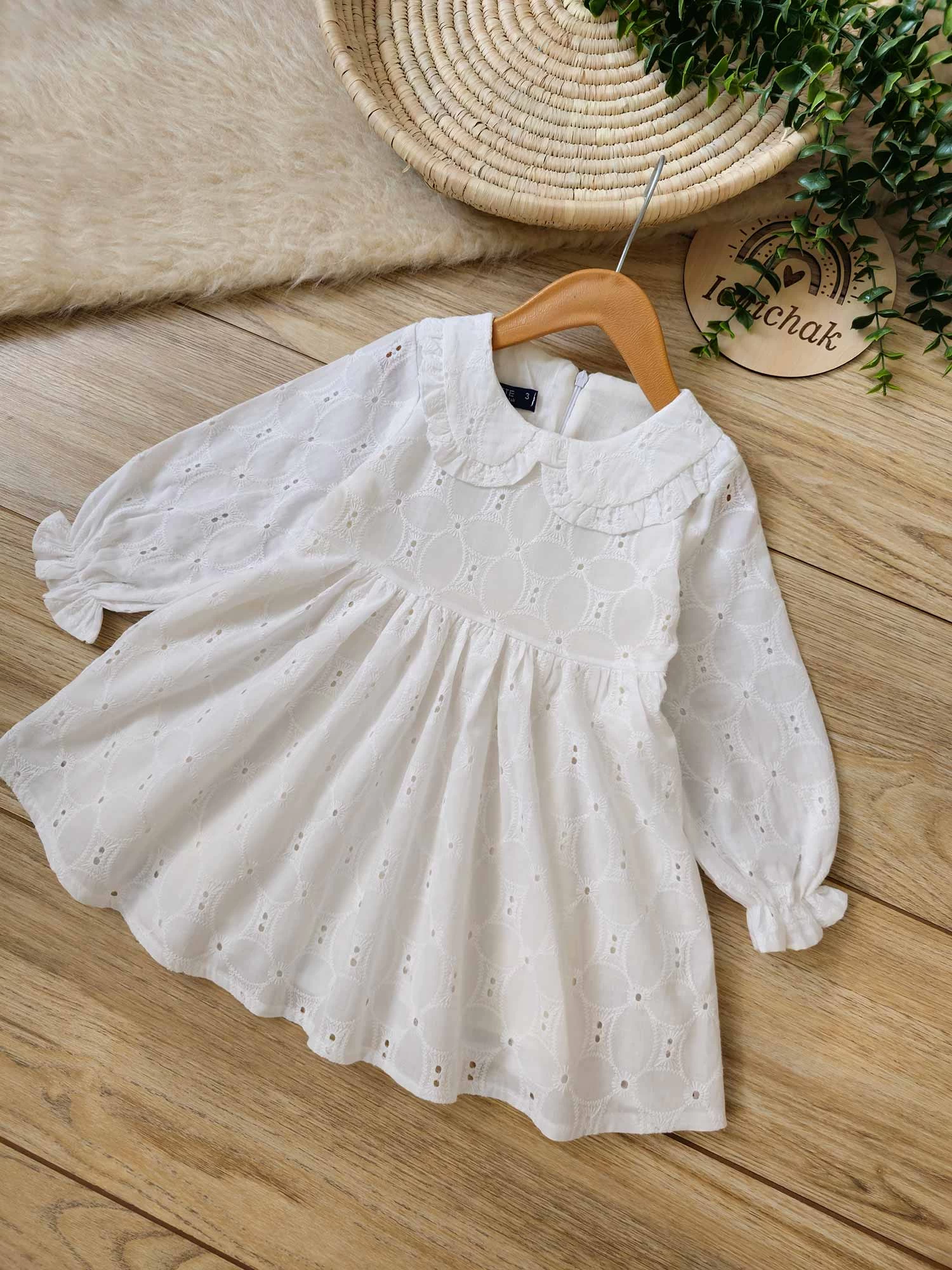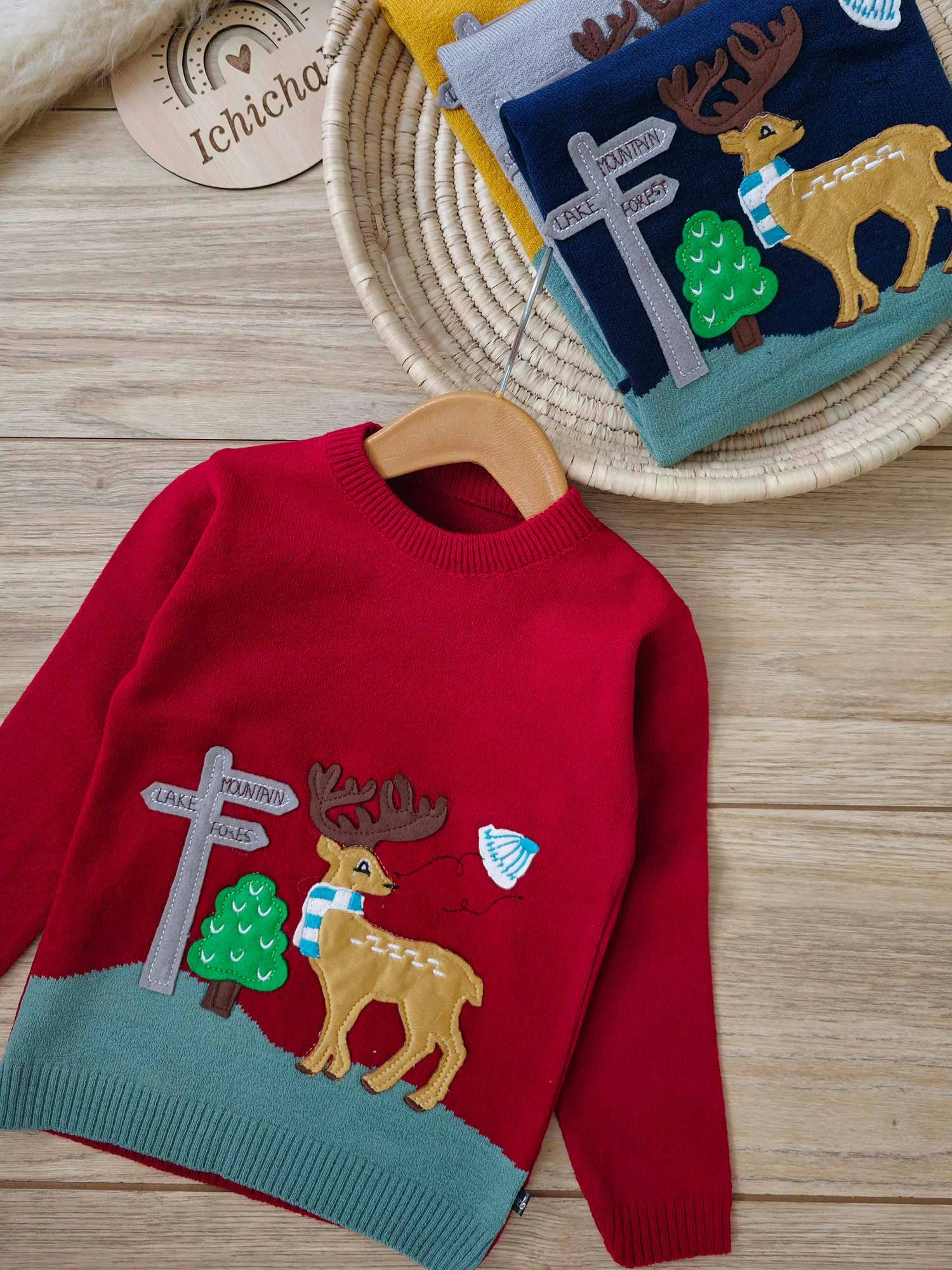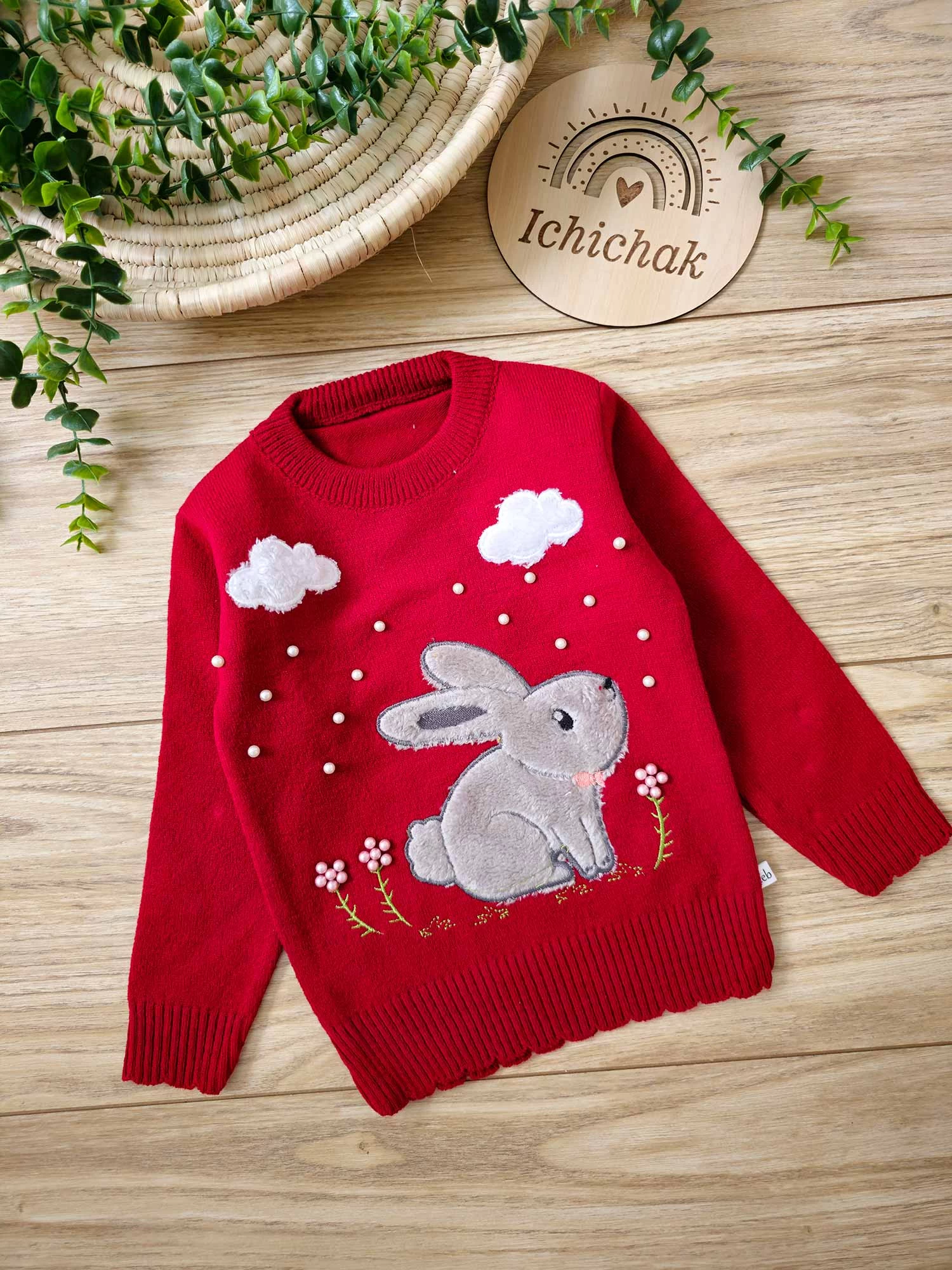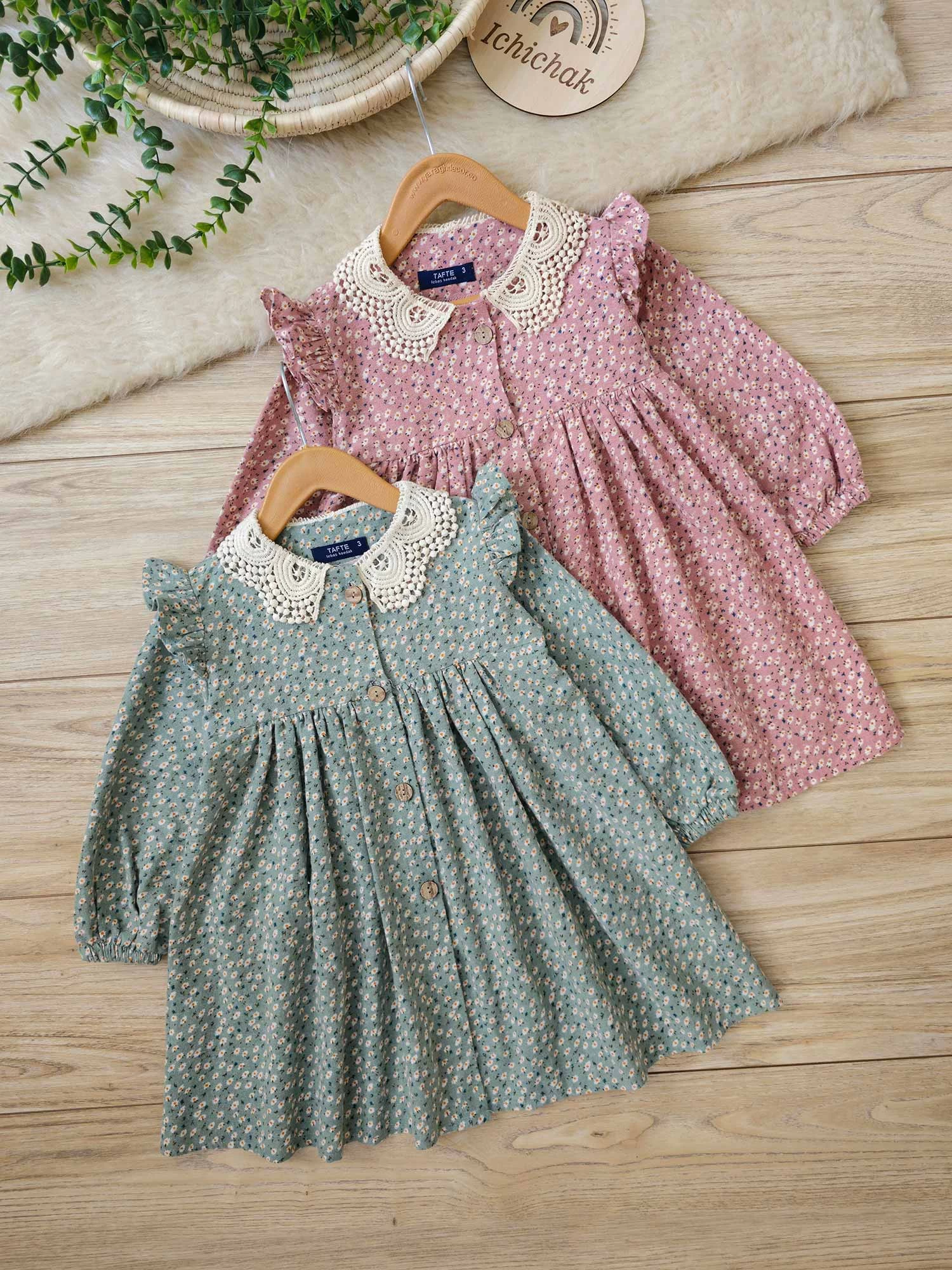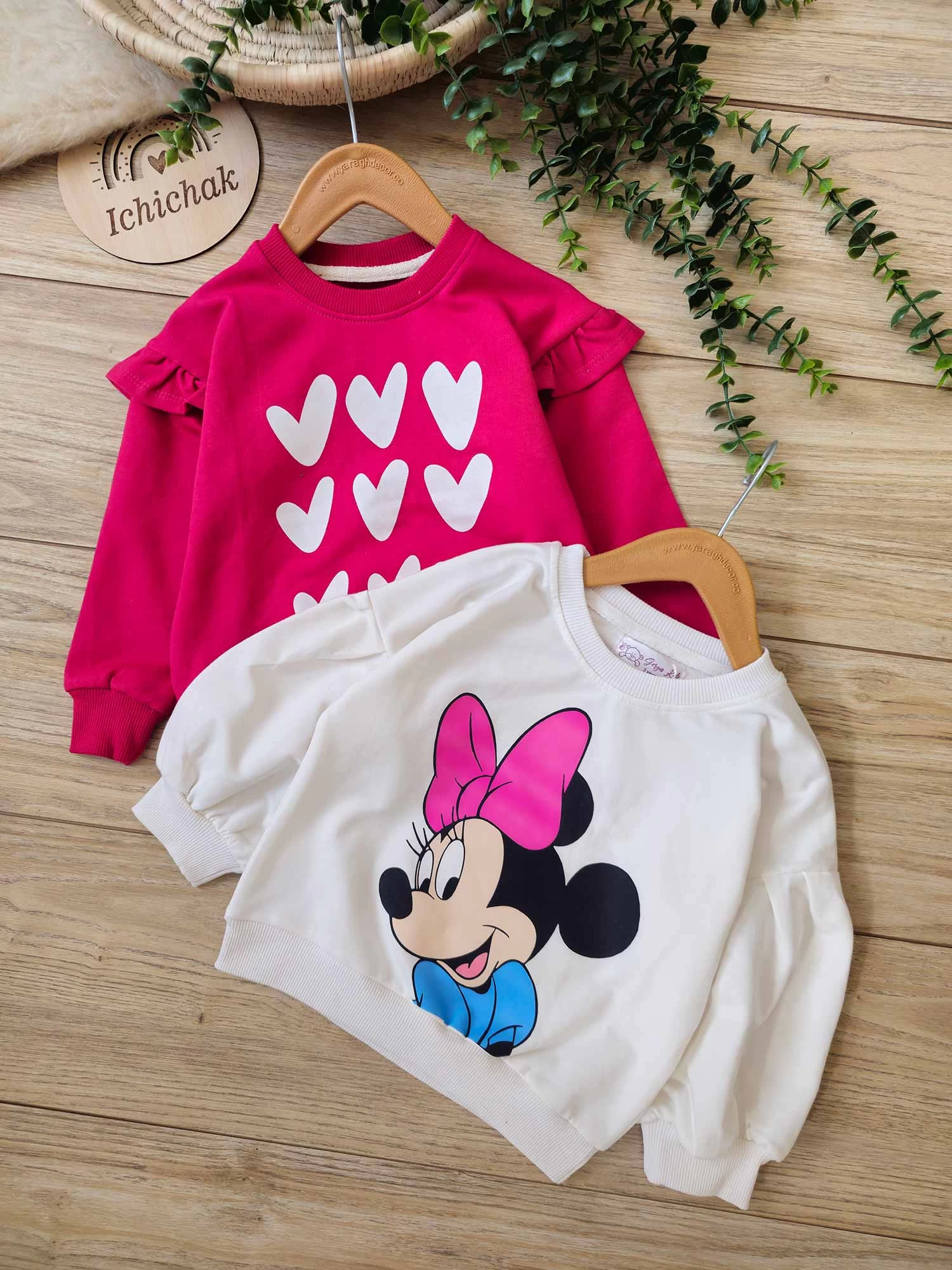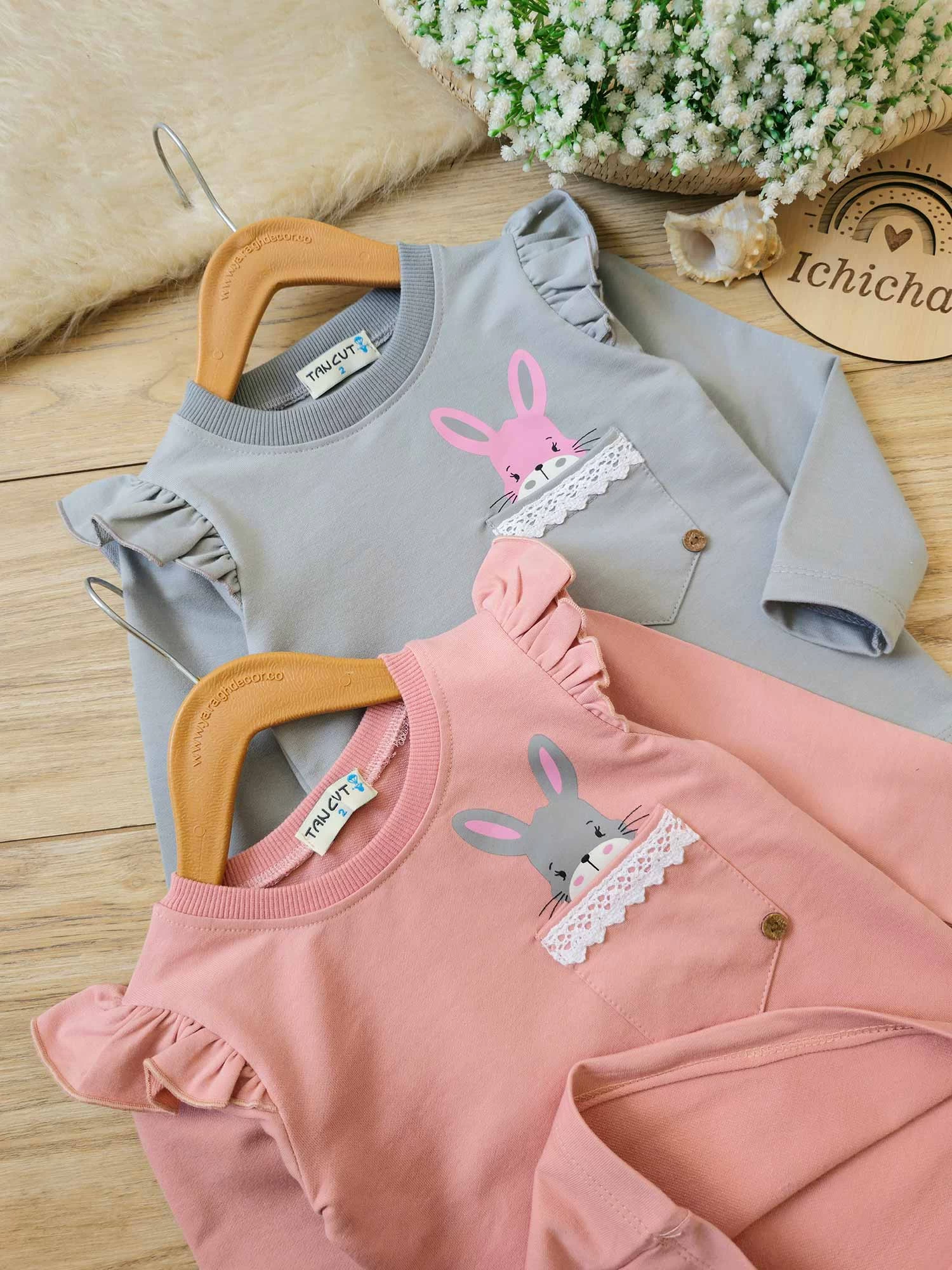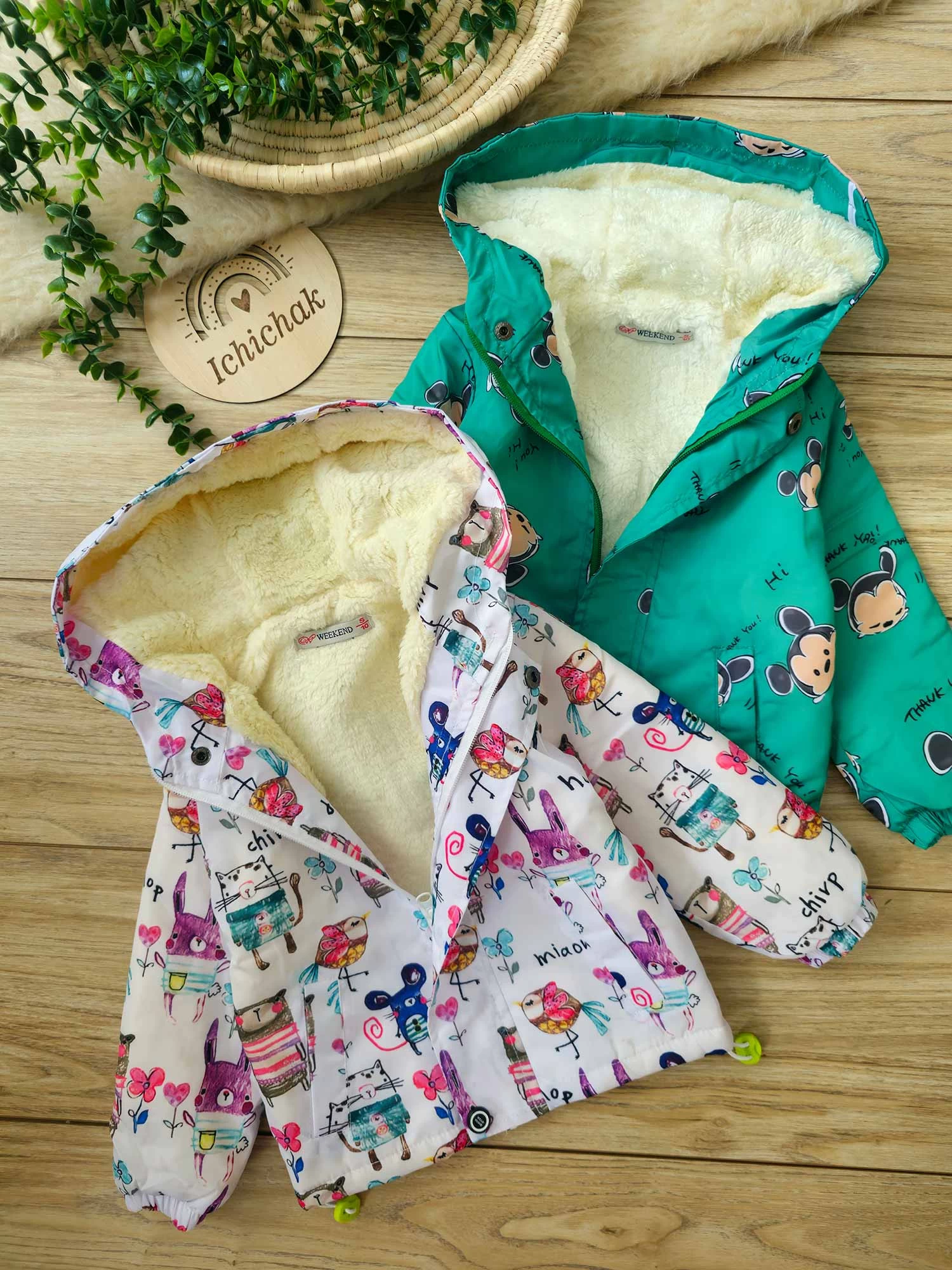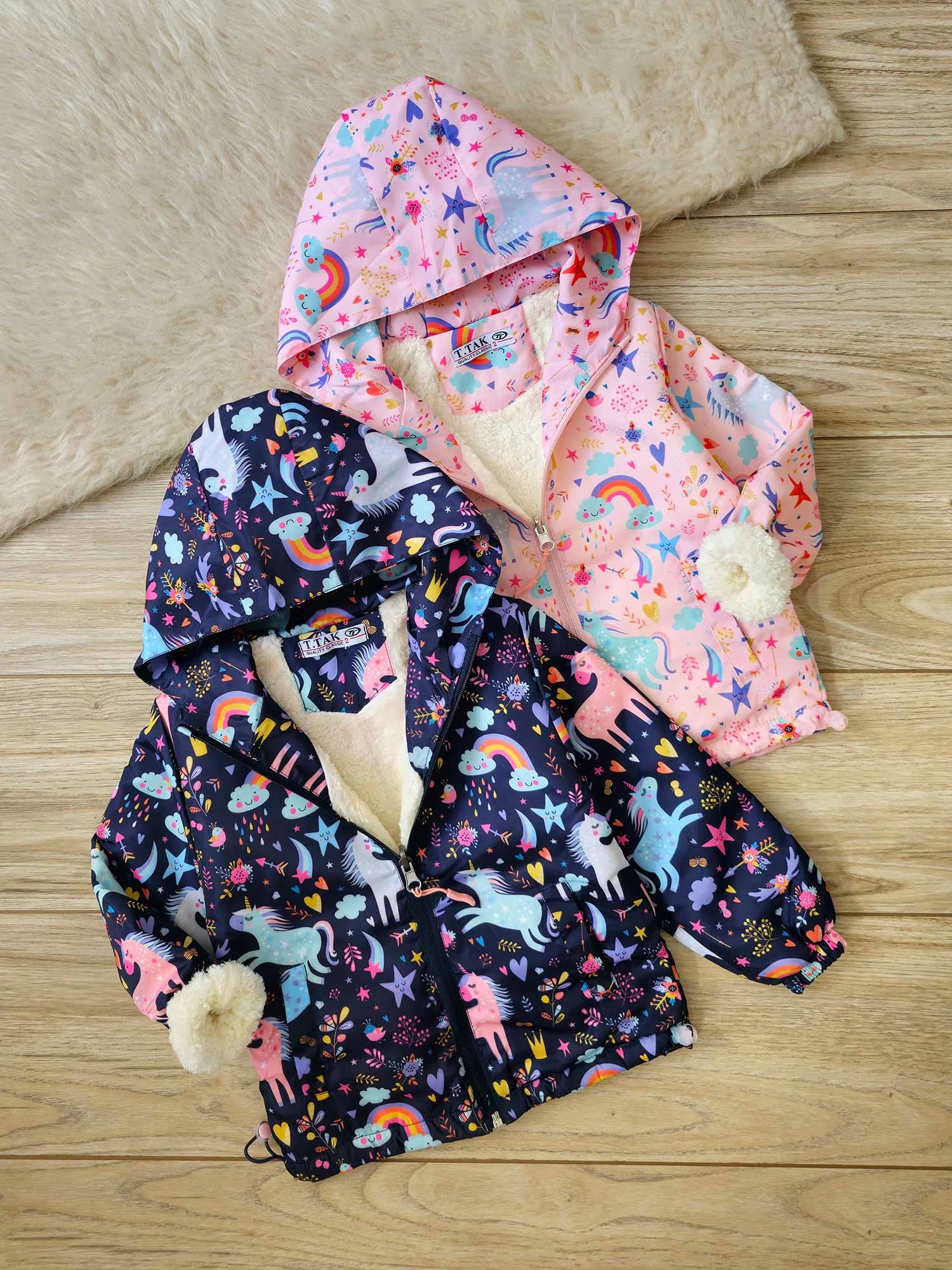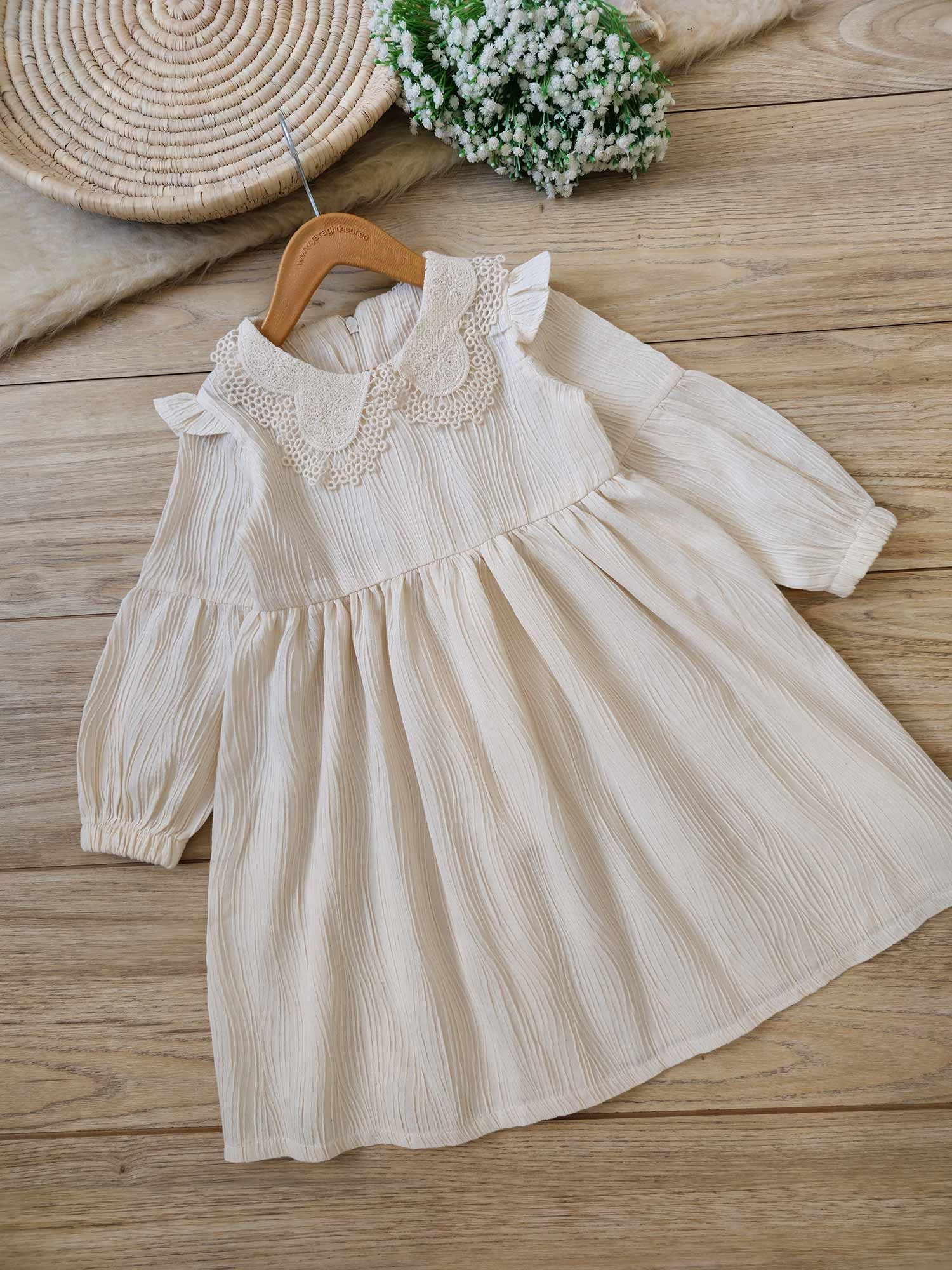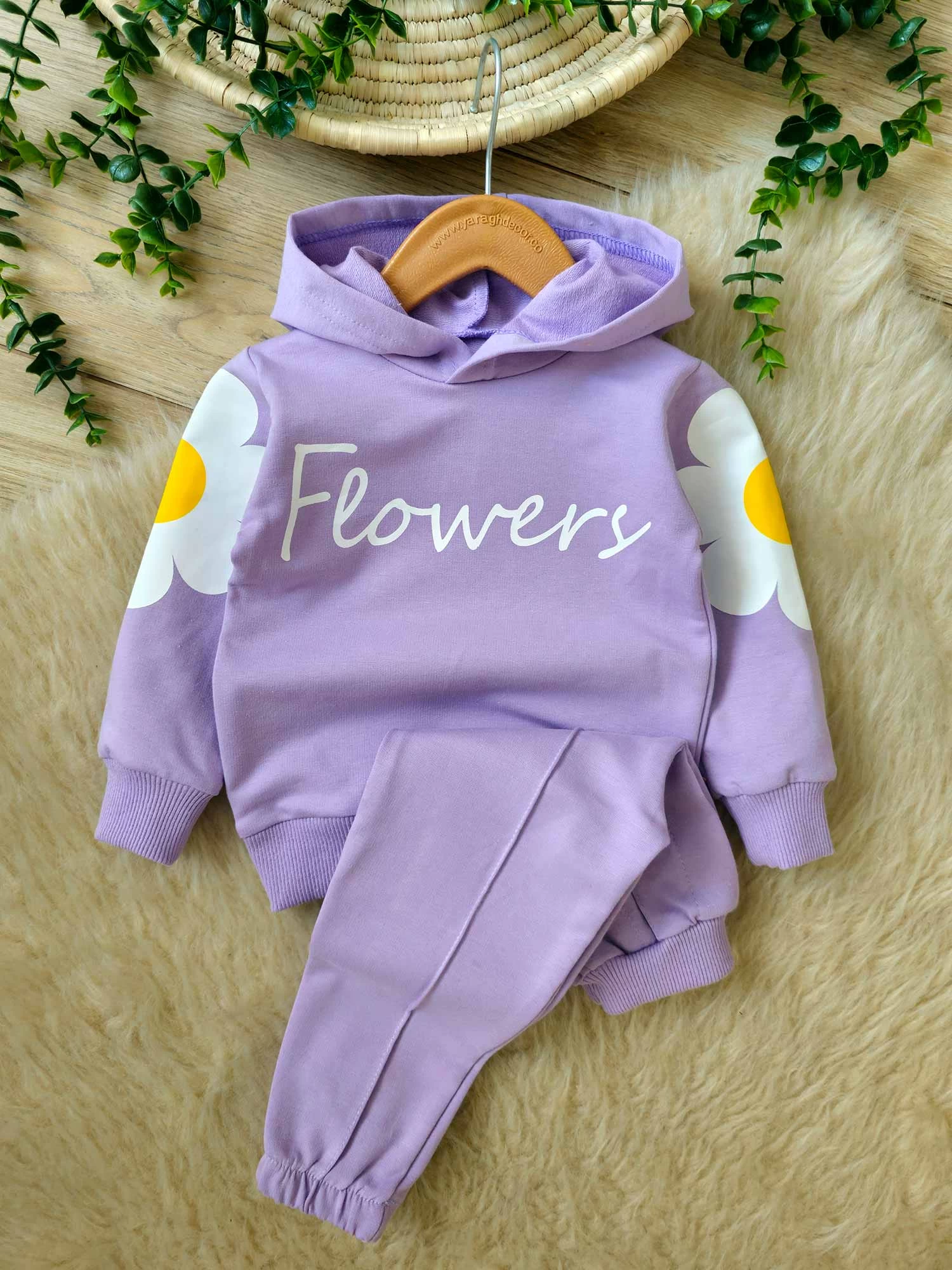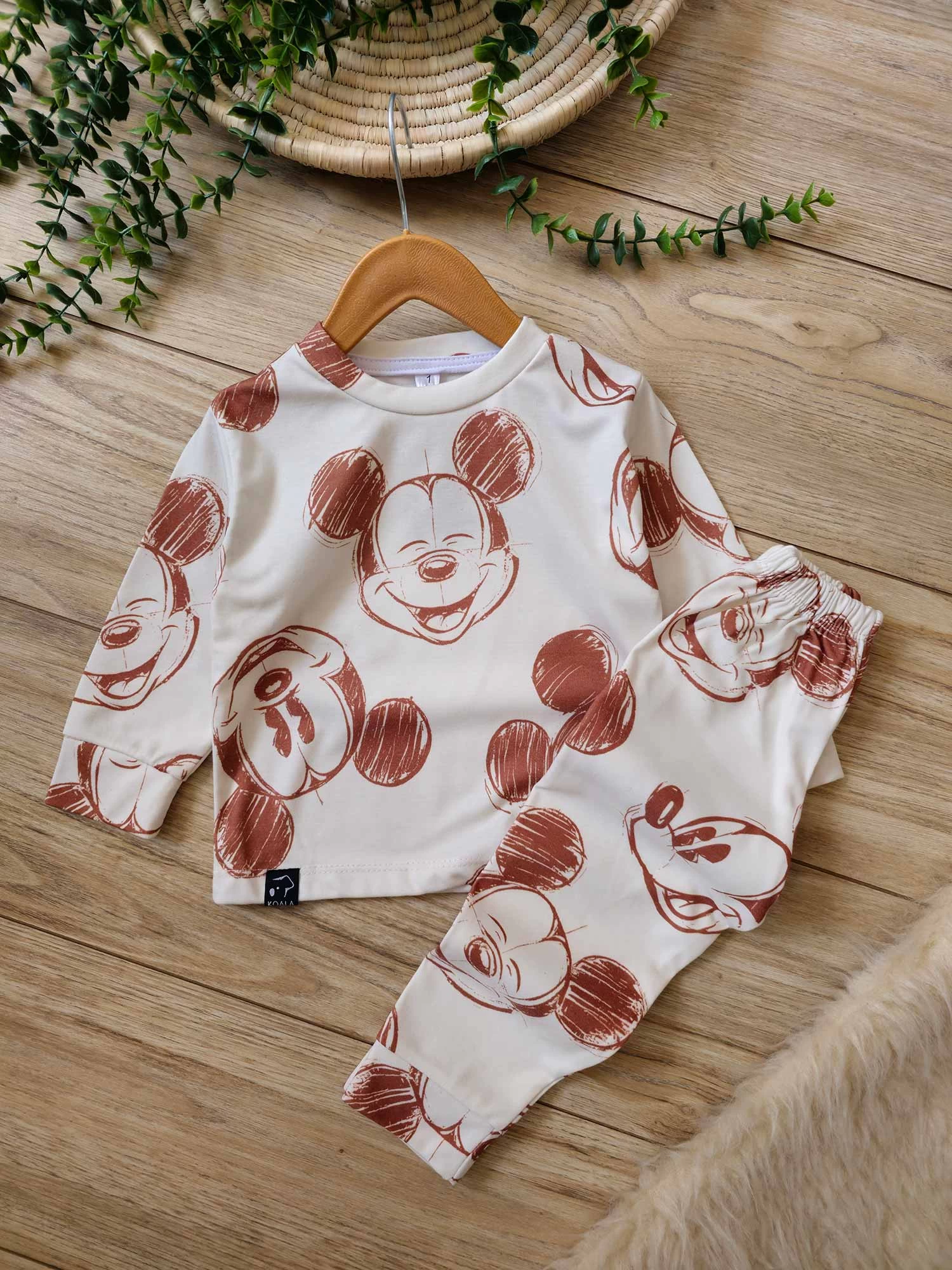Apparel
Apparel, or clothing, is a diverse industry encompassing various products:
1. Clothing Categories: Apparel includes everyday wear, activewear, formal wear, and accessories like hats, shoes, and bags.
2.Textile Materials: Fabrics such as cotton, polyester, wool, and synthetic blends are used to create a wide range of clothing items.
3. Fashion Trends: The industry is influenced by ever-changing fashion trends, with designers and brands introducing new styles each season.
4. Global Supply Chains: Apparel manufacturing often involves complex global supply chains, with different stages like design, production, and distribution occurring in various countries.
5. Sustainability: Increasing emphasis on sustainability has led to a focus on eco-friendly materials, ethical production practices, and efforts to reduce the environmental impact of the fashion industry.
6. E-Commerce Impact: The rise of online shopping has transformed how consumers access and purchase clothing, influencing retail strategies and consumer behavior.
7. Cultural Expression: Clothing is a form of cultural expression, reflecting individual style, societal norms, and traditions.
The apparel industry faces challenges related to environmental sustainability, ethical production practices, and the need for innovation in response to changing consumer preferences.
Clothing trends are dynamic and can vary across seasons and regions.
Some notable trends include:
1. Sustainable Fashion: Increasing awareness of environmental issues has led to a rise in sustainable and eco-friendly fashion, with a focus on ethical production and use of recycled materials.
2. Athleisure: The blending of athletic and leisurewear remains popular, reflecting a casual and comfortable style in everyday clothing.
3. Retro Revival: Styles from past decades often make comebacks, with vintage-inspired looks and nostalgic fashion elements.
4. Bold Colors and Patterns: Vibrant colors, bold patterns, and eclectic combinations are often embraced, adding excitement to fashion choices.
5. Gender-Fluid Fashion: The breaking down of traditional gender norms has influenced clothing design, leading to more gender-inclusive and fluid fashion options.
6. Tech-Integrated Apparel:Clothing incorporating technology, such as smart fabrics and wearable tech, is gaining popularity for its functionality and futuristic appeal.
7. Minimalism: A timeless trend, minimalistic fashion focuses on simplicity, clean lines, and neutral colors.
Fashion trends are driven by a combination of cultural influences, designer creativity, and consumer preferences. They evolve over time, offering a variety of choices for individuals to express their style.


Children's clothing is a diverse and dynamic sector with unique considerations:
1. Comfort and Functionality: Children's clothes prioritize comfort and ease of movement to accommodate active lifestyles.
2. Age-Appropriate Designs: Designs often cater to different age groups, with playful patterns, bright colors, and cute motifs for younger kids, and more mature styles for older children.
3. Safety Features: Clothing for children includes safety features like non-toxic materials, secure fastenings, and flame-resistant fabrics.
4. Growth Considerations: Adjustable features and sizing considerations are common to accommodate the rapid growth of children.
5. Durability: Kids' clothing is designed to withstand frequent washing and the wear and tear associated with play and outdoor activities.
6. Seasonal Variations: Like adult fashion, children's clothing trends can change with seasons, incorporating seasonal colors and styles.
7. Ethical and Sustainable Options: There's a growing trend towards eco-friendly and ethically produced children's clothing, reflecting a broader shift towards sustainable fashion.
Overall, children's clothing is a blend of practicality, creativity, and consideration for the unique needs and growth stages of young wearers.
Good quality clothes typically exhibit the following features:
1. Fabric Quality: High-quality clothes use durable and well-constructed fabrics that feel comfortable against the skin.
2. Stitching and Construction: Well-sewn seams, even stitching, and attention to detail in construction contribute to the overall durability and longevity of the garment.
3. Fit and Tailoring: Good quality clothes have a well-proportioned and flattering fit, with attention to tailoring for different body types.
4. Color Fastness: Colors should be vibrant and resist fading even after multiple washes, indicating good dyeing and color fastness.
5. Finishing Details: Quality clothes often feature well-executed finishing details such as properly attached buttons, zippers, and hems.
6. Comfort: Comfort is a key aspect of high-quality clothing, achieved through thoughtful design, fabric choice, and fit.
7. Resilience to Wear: Quality clothes should withstand regular wear and washing without significant signs of deterioration or loss of shape.
8. Ethical and Sustainable Practices: Increasingly, good quality is associated with brands that prioritize ethical production practices and use sustainable materials.
Checking these features can help consumers identify and invest in clothing items that offer both durability and satisfaction.
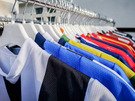

In the realm of shoes and boots, trends and quality features often intersect:
Trends:
1. Sustainable Materials: There's a growing trend towards eco-friendly and sustainable shoe options, with brands incorporating recycled materials and ethical production practices.
2. Athleisure Influence: Sporty and comfortable footwear continues to influence fashion, with sneakers and hybrid styles blending athletic and casual aesthetics.
3. Retro Styles: Vintage and retro-inspired designs are popular, bringing back classic silhouettes and details from past decades.
4. Chunky Soles: Thick, chunky soles remain a trend, seen in various shoe styles, including sneakers and boots.
5. Neutrals and Earth Tones: Neutral colors and earthy tones are prevalent, offering versatility and easy pairing with different outfits.
Quality Features:
1. Material Quality: High-quality shoes use premium materials such as genuine leather, suede, or durable synthetics, ensuring longevity.
2. Craftsmanship: Quality craftsmanship is evident in well-stitched seams, precise detailing, and attention to finishing touches.
3. Comfort: Comfort is a hallmark of quality footwear, with features like cushioning, arch support, and breathable linings enhancing the wearing experience.
4. Durability: Quality shoes and boots are built to withstand regular wear and tear, with durable soles and robust construction.
5. Fit: A well-fitting shoe contributes to both comfort and foot health. Quality brands often offer a range of sizes and widths.
Whether following trends or seeking enduring quality, consumers can find shoes and boots that align with their style preferences and performance expectations.




FAQs
What does trend's effects in apparels ?
Trends in apparel influence consumer preferences, shaping design, production, and purchasing patterns.
What's the society's influence in clothing and apparel?
Society influences clothing and apparel through cultural norms, values, and collective preferences, shaping fashion trends and choices.
What is the features of good quality clothes?
Good quality clothes exhibit features like durable fabrics, well-sewn construction, a flattering fit, vibrant and color-fast dyes, comfortable design, resilience to wear, and ethical/sustainable practices.
What is the more important item of the clothing?
The importance of clothing items is subjective, but essentials like well-fitting and comfortable shoes are often considered crucial for overall comfort and well-being.
 +7929688-88-14
+7929688-88-14

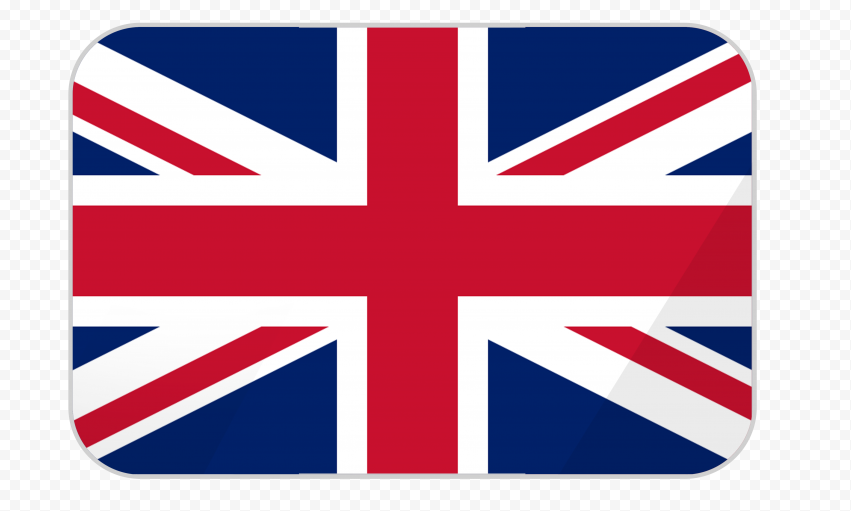 English
English
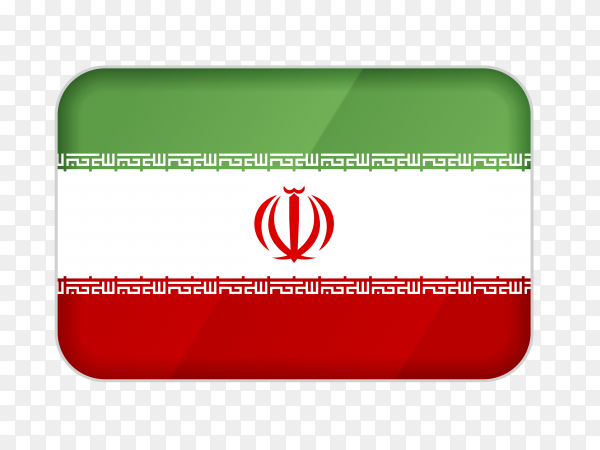 Persian
Persian
 Russian
Russian
 Chinese
Chinese


 +7929688-88-14
+7929688-88-14

